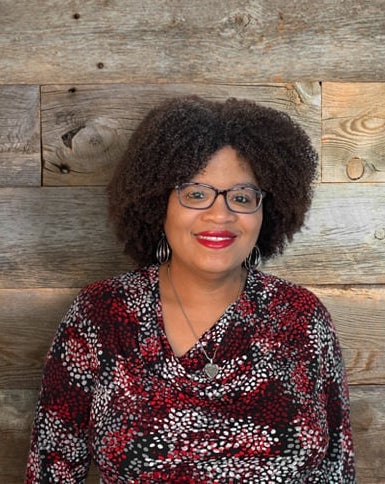
The student-teacher relationship can be one of the most impactful dynamics in a person’s life. The ways students see themselves and the world around them are shaped through effective discussion in the classroom. The American Psychological Association states that “Teachers who foster positive relationships with their students create classroom environments more conducive to learning and meet students’ developmental, emotional and academic needs.”
If we think of students as explorers, teachers would be the compass used to navigate the challenges of each new learning adventure. And when learning mathematics, a skillful teacher can make all the difference in guiding a student how to think - instead of what to think. Facilitation is at the heart of this relationship, and it truly is an art form that our researchers unpack in MIND Research Institute’s latest white paper: The Art of Facilitation.
Approaching math instruction from a neuroscience perspective pays dividends.
Connecting schemas leads to conceptual understanding.
To ask questions that spark thoughtful discussion.
Failing is an integral part of the learning process.
As we ask students questions to facilitate thinking, we give students the opportunity to be the authors of the ideas and sensemakers of mathematics. And when students have that opportunity, their potential to achieve success in math and beyond is limitless.
Want to learn more about becoming an effective facilitator in your math class? Discover more tips and insights in the white paper.
Mark your calendar for The Science of Math: Confident Teachers Inspire Confident Students on Wednesday, August 31, 2022, from 3:00 pm to 4:00 pm EDT. Nigel Nisbet and Dr. Kathleen L. Ghallagher will lead a discussion in this second part of our new webinar series.
How can administrators empower all students to be confident authors of their own learning? Attend this edWebinar to learn how a science-driven approach to intentionally scaffolding language in mathematics is highly effective for students, especially emerging bilingual students. Hear from a district administrator’s perspective on how their shift to teachers as facilitators of academic discourse empowers students as the doers, thinkers, and owners of their learning.

Twana is Vice President of Curriculum and Instruction at MIND Research Institute. Follow her on Twitter @TwanaYoung.
Comment